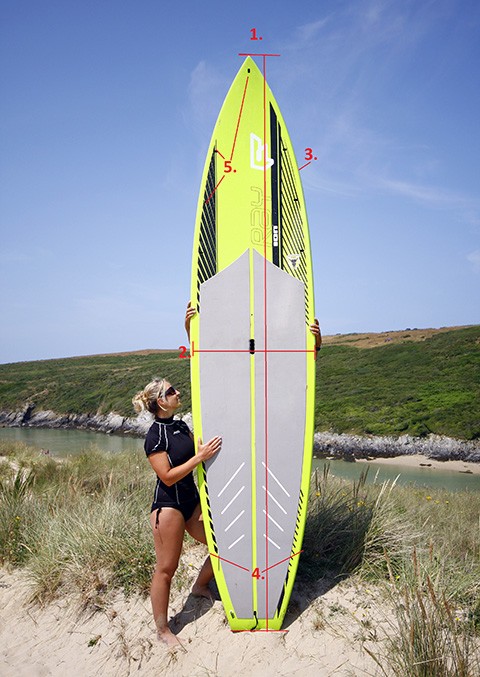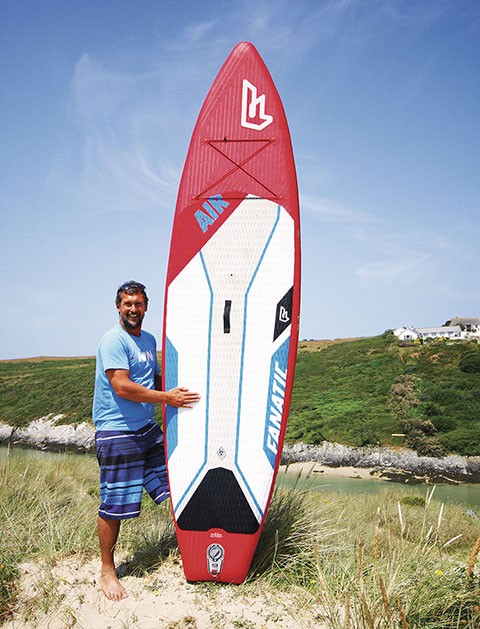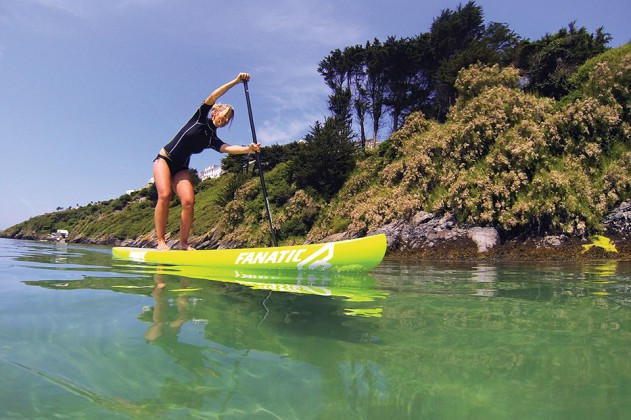This is the new vehicle that gets you off the grid. Your expedition might not be down the Nile, it might be around to the next cove, but the horizon always moves away from you and you need to function as an independent unit. It’s about self sufficiency whether it’s just a Thermos for an afternoon up the river or Redhawk Alaskan .44 to keep the bears away. You need ease of paddling, surefootedness in ‘all terrains’, and a place to stow your kit. A new generation of access boards is emerging; it’s time to release the inner aquatic nomad…
WORDS & Photos SUP Mag
(This feature originally appeared in the Summer 2013 issue of SUP International. Print and digital subscriptions for readers worldwide are available HERE.)

1. Length
It’s going to have be 11ft plus at the least to give you the glide so you can cover some miles with relative ease. A pulled up nose frees you from worrying about stuffing it in chop, but will reduce waterline. Be liberal when selecting length.
2. Width
Typically an access board will be wider than a race board, much more similar to a touring board. The object here isn’t to beat Connor Baxter’s mile but to immerse yourself in your surroundings with a comfortable paddling experience.
3. Volume
You need to carry your backpack and the extra weight of clothing, thicker wetsuits or drysuits, plus you’ll be stowing gear on deck, everything that is essential for your survival till you land.. Increased volume promotes higher freeboard which keeps your provisions and feet dry, and for sure you’ll be happier above murky water rather than sloshing through it.
4. Template
Templates have been derived from race and tour boards but expanded to give fuller shapes offering a bigger footprint for stability and more space to move comfortably around on, fish or take photos from. Parallel rails maximise efficiency in the water.
5. Special features
You do need bungee or strap securing points as duct taping your tackle box to the board isn’t gonna do it when you’re paddling through a choppy tidal race. Tow and leash points fore and aft keep everything connected when you need it be it a solo mission or group effort. It’s you and your board versus the elements, you can’t revictual at sea so look for solutions to your stowing requirements.
 INFLATABLES
INFLATABLES
The inflatable boards provide an excellent workout for the mind before you even put it in the water. The potential to go further with the same board is limitless: you can combine it with other forms of natural propulsion such as hiking in, cycling, sailing, dog sledding, even throwing it on your back and kitesurfing across a channel. Combined with engines, you can travel through cities and across continents joining the dots on an epic voyage via tubes, buses, water taxis, jumbo jets and tuk-tuks and rikshaws. The urban adventurer can stash it in the loft, in airport lockers, in the stationary cupboard at work.
If ultimate access potential through uncharted waters hiding rocks, roots, coral and other obstructions is what you’re looking for, an inflatable could be your best option. With a couple of repair kits and a valve tool, you can do as deep into the wild as you dare. The added benefit of being able to roll your board up will also protect it from UV. SUP

